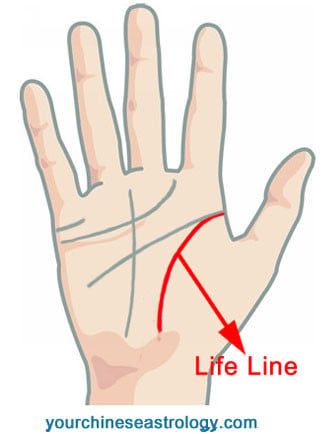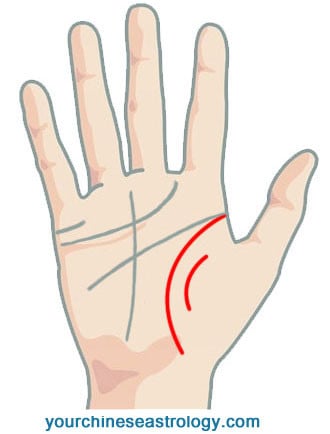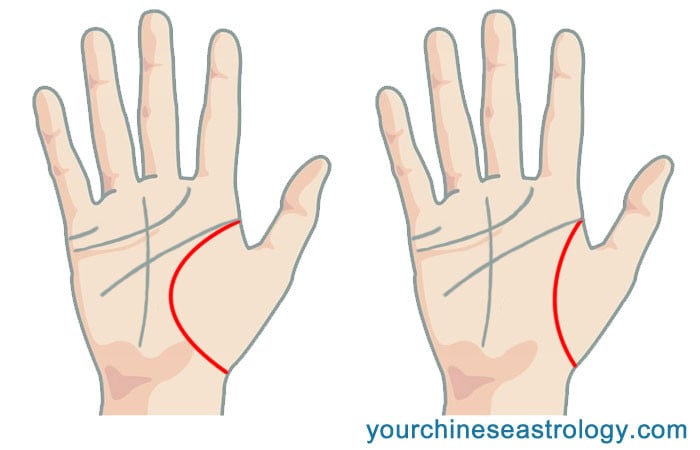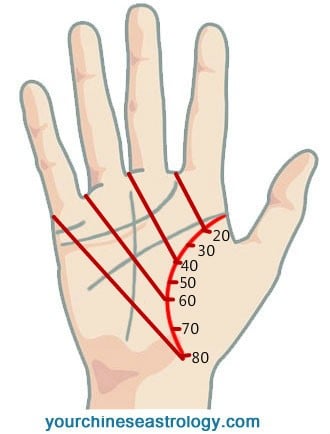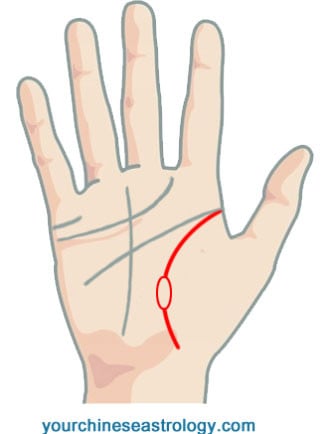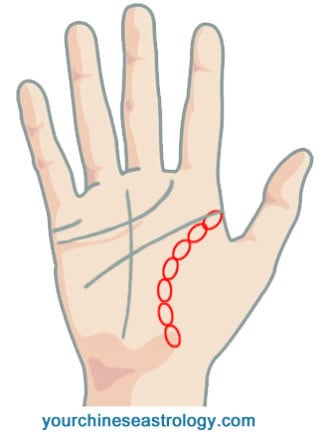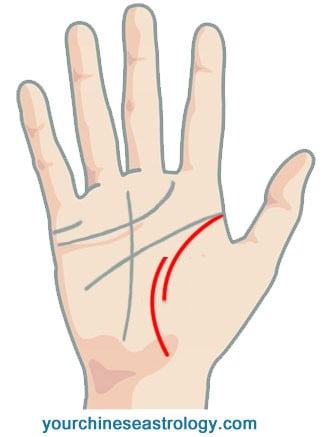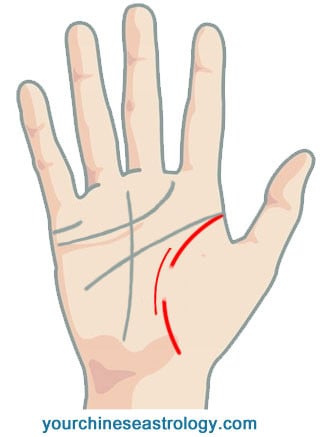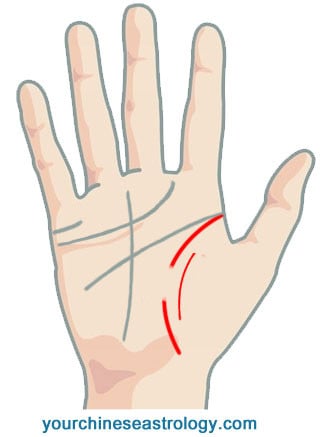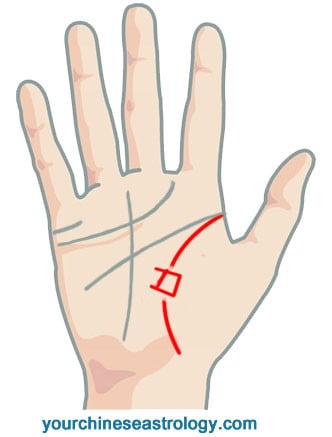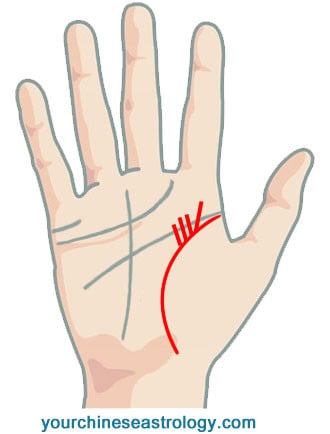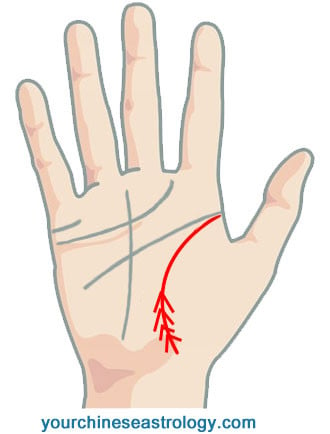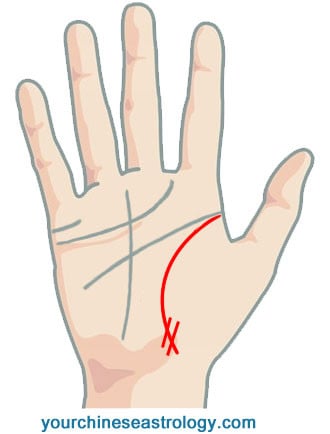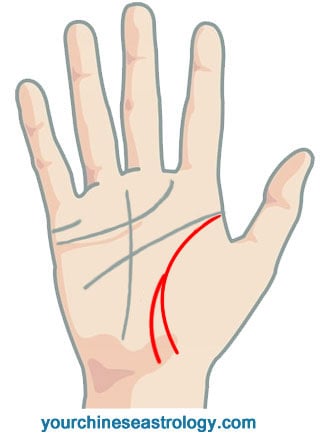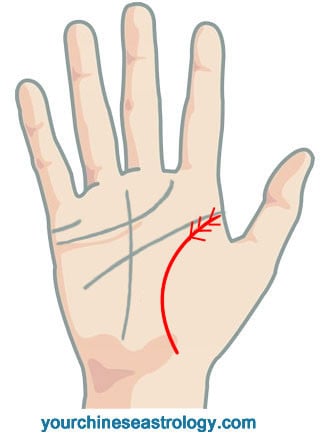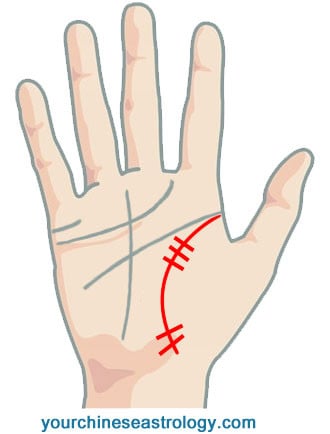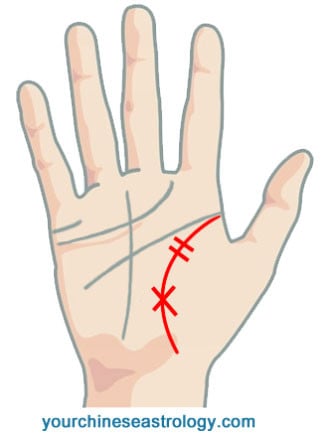Saturday of the Twelfth Week in Ordinary Time
Matthew 8:5-17
When Jesus entered Capernaum, a centurion approached him and appealed to him, saying, "Lord, my servant is lying at home paralyzed, suffering dreadfully." He said to him, "I will come and cure him." The Centurion said in reply, "Lord, I am not worthy to have you enter under my roof; only say the word and my servant will be healed. For I too am a person subject to authority, with soldiers subject to me. And I say to one, 'Go,' and he goes; and to another, 'Come here,' and he comes; and to my slave, 'Do this,' and he does it." When Jesus heard this, he was amazed and said to those following him, "Amen, I say to you, in no one in Israel have I found such faith. I say to you, many will come from the east and the west, and will recline with Abraham, Isaac, and Jacob at the banquet in the kingdom of heaven, but the children of the kingdom will be driven out into the outer darkness, where there will be wailing and grinding of teeth." And Jesus said to the Centurion, "You may go; as you have believed, let it be done for you." And at that very hour his servant was healed. Jesus entered the house of Peter, and saw his mother-in-law lying in bed with a fever. He touched her hand, the fever left her, and she rose and waited on him. When it was evening, they brought him many who were possessed by demons, and he drove out the spirits by a word and cured all the sick, to fulfill what had been said by Isaiah the prophet: He took away our infirmities and bore our diseases.
Introductory Prayer: Lord I believe in you. I believe that you walk with me and accompany me with your power. I come before your holy throne, the throne of your heart. I know you want to bless me today with your friendship and to answer my prayers. Thank you for your faithful, generous love.
Petition: Lord, increase my faith.
- Humility Moves God’s Heart: Not only does the Centurion have great faith; he has great humility. His humility is not feigned, for the circumstances are too grave for him to pretend to be humble, especially as Jesus has already agreed to come heal his servant. Nor is his humility the result of a low self-esteem, for there is tremendous confidence in his dealing with Jesus. His is the humility born of a faith that understands who Jesus is. It is the humility that the Church invites us to share every time we approach Our Lord during Communion at Mass: “Lord, you are far too great to come to me, but thank you for coming for I will die without you.”
- When Jesus Heard This, He Was Amazed: Now this is amazing. Consider what it would take to amaze Jesus. Yet here we have the answer: Faith -- faith in his person, his power, his plan for our lives. One day Jesus will rebuke Peter as Our Lord grasps his hand to save him from sinking: “You of little faith, why did you doubt?” (Matthew 14:31). The import of the question might be better seen if stated differently: “What is there in me that would make you mistrust me?” The answer is: Nothing. Any deficiency is in us, and this must be sincerely resolved in prayer, especially by contemplating the major truths of the faith: Jesus’ incarnation, passion, death and resurrection; the sacraments, especially baptism, confession and the Eucharist. If Jesus is amazed by our faith, we can rightly deduce that he is hurt by our lack of faith and trust in him.
- It Happens According to Our Faith: Christ’s comment is somewhat similar to what we pray in the “Our Father”: “Forgive us our trespasses as we forgive those who trespass against us.” Here we are saying, “Let my forgiveness of others be the standard by which I am forgiven.” By addressing the Centurion with these words, Jesus reveals that our degree of faith is the standard by which we possess what we ask for from God. In the First Eucharistic Prayer of the Mass we pray: “You know how firmly we believe in you and dedicate ourselves to you.” This is both consoling and alarming. It is consoling in that Christ knows the exact degree of our faith -- he knows the sincerity of our heart. We do not have to explain ourselves to him. It is alarming in that we also know that our faith is not always as strong as it should be. Therefore, we want to repeat what a man once said to Jesus: “I do believe, help my unbelief” (Mark 9:24).
Conversation with Christ: Dear Lord, you are worthy of all my faith. Like the Centurion and the great saints, help me to focus my gaze on you in faith, confident that what you ask of me is always for my best. Mother Most Pure, make my heart only for Jesus.
Resolution: Today I will take a few minutes to read and reflect upon Hebrews, Chapter 11.
|
